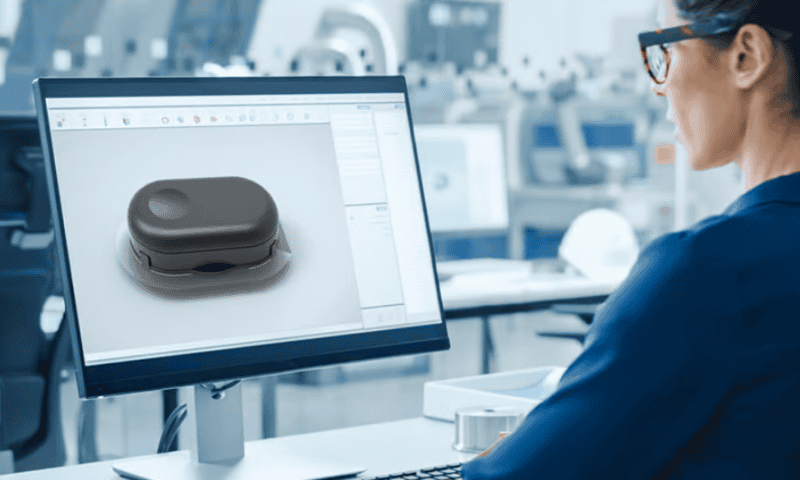Finnish tech maker GlucoModicum is hoping a partnership with Phillips-Medisize will bring good luck to the development of a completely noninvasive continuous glucose monitor.
GlucoModicum chose Phillips-Medisize, the CDMO owned by consumer electronics player Molex, to help build the device, which it has dubbed Talisman.
The duo has now produced a prototype and tested it in a pilot study of five healthy volunteers, with plans to conduct more extensive clinical studies of the technology so it can be submitted for regulatory clearance in the U.S. and Europe, after which Phillips-Medisize will be tasked with churning out the CGMs at scale, according to a Tuesday announcement from the companies.
“We started with ideas, concepts and drawings,” said Homer Fairley, business development manager for the CDMO. “Now that there is a proven concept, we look forward to the opportunity to leverage Phillips-Medisize’s high-volume manufacturing capabilities to produce hundreds of millions of units on time and in a cost-effective manner. That’s a big benefit to this project.”
Phillips-Medisize based its design off a concept identified by GlucoModicum: that when magnetohydrodynamic (MHD) technology is used to send a small amount of energy through the skin to the interstitial fluid between the cells, it brings the fluid to the surface of the skin for easy and noninvasive sample capture.
From there, the manufacturer crafted a small device that combines the MHD technology with biosensors and algorithms to calculate the amount of glucose in a sample of interstitial fluid. The Talisman device is designed to stick to a user’s arm and connect wirelessly to a smartphone app to share its collected data.
That’s in contrast to currently available CGMs, which also adhere to the arm but feature a tiny needle that stays under the skin throughout the wear period to constantly sample the blood for glucose calculations.
“We wanted to create a solution that is needle free, accurate and more affordable so people would better monitor their glucose,” Jokke Mäki, managing director of GlucoModicum, said in this week’s release. “Working with Phillips-Medisize, we applied compelling science to develop a world-class product that may help billions of people better manage their diabetes.”
A pilot study of the technology that was published last November in Scientific Reports found that when the Talisman was used by five healthy volunteers, it was able to calculate their blood sugar levels with a mean absolute relative difference (MARD) of 12.9% compared to reference readings. Current CGMs are typically considered accurate if they have a MARD of 10% or lower, and market-leading devices from Dexcom and Abbott boast MARDs around 8%.
Meanwhile, another noninvasive glucose sensor currently under development by Know Labs recently reported a MARD of 11.3% in a preprint study, a sizable leap from the 12.9% it had produced in another study published just a few weeks before. Rockley Photonics, too, is in the process of honing its own noninvasive CGM’s accuracy levels—joining the race to become the first such device to score regulatory clearance.

